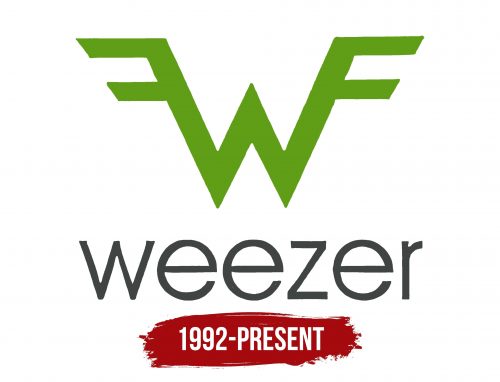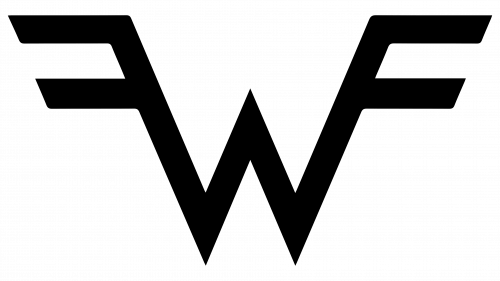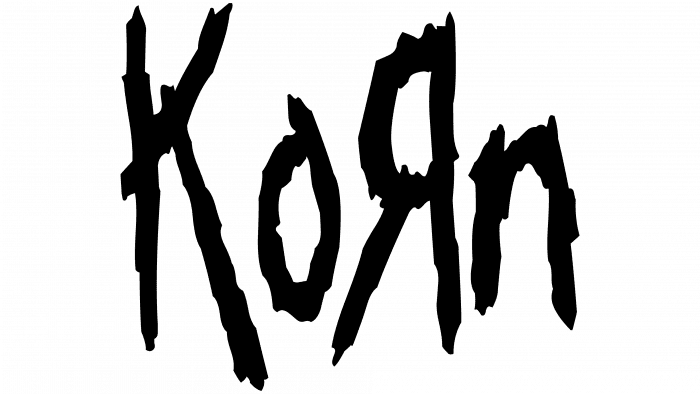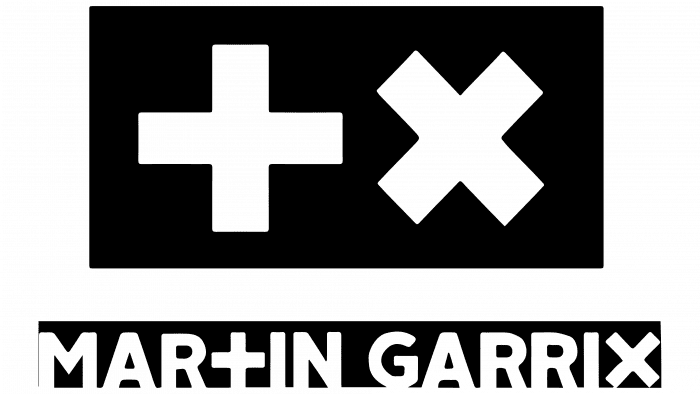The Weezer logo is extraordinary. It encapsulates the energy of freedom, backed by a sense of individuality. The band’s essence is expressed concisely, giving the feeling of focus on the key theme. The emblem is imbued with nerve, drive, and, of course, rock.
Weezer: Brand overview
| Founded: | 1992 – present |
| Headquarters: | Los Angeles, California, U.S. |
| Website: | weezer.com |
Meaning and History
When Rivers Cuomo moved to Los Angeles from Connecticut, he brought along his band, which had been performing metal since their school days. It was formed in 1986 and went by the name Avant Garde (later changed to Zoom). Yet, after relocating in 1989, the group disbanded. Later, its frontman, vocalist, and guitarist met Patrick Wilson and Matt Sharp. Together, they formed a different musical ensemble—Fuzz. Scottie Chapman filled the role of bass guitarist.
After a short time, the four formed the legendary band Weezer. This happened in the winter of 1992. Their debut occurred in the spring of the same year, opening for the band Dogstar, which belonged to Keanu Reeves. The musicians used Cuomo’s nickname, given to him by his father, as the band name. This name became the basis of the logo, both the textual and graphical parts.
What is Weezer?
Weezer is an American music group performing in several genres of rock and pop, including alternative, computer, and pop-rock, as well as power pop, pop-punk, and emo. In their creative history, they have sold 10 million albums in the United States, and over 35 million albums have been purchased by international fans. The band originated in Los Angeles, California, which remains its primary location. The team was organized by Rivers Cuomo, the vocalist, guitarist, and frontman of a school band named Avant Garde, later renamed Zoom, which quickly disbanded. The official start of Weezer’s music career is considered to be the year 1992.
1986 – today
The Weezer logo contains two elements placed at different levels. At the top, there’s a graphical symbol in the form of skeletonized wings frozen mid-flap. These consist of green lines of uniform width. The side branches resemble two “Fs” placed back to back in a mirror image. At the same time, they look like musical clefs, indicating that the rockers open the hearts of fans with them.
This symbol is the first letter of the band’s name. The “W” has a sharp shape, pointed tips, and a unique design resembling an EKG, which speaks to the theme of emotional attachment to music and its audience. The soaring lines in the form of wings indicate elevation. At the bottom, the band’s name is modestly situated, executed in a sans-serif block font. Unlike the lone glyph, these letters are very thin yet distinct.
Font and Colors
The rock band’s name is in a typeface similar to Century Gothic. Yet, not everyone agrees. Some experts claim that the logo inscription is done in Futura Medium font. At the same time, it closely resembles the style of SansSerifFLF Medium by Casady & Greene and GeosansLight Regular by Manfred Klein with minimal alterations. In all cases, the letters are thin and sans-serif. The emblem in this design has been present on the covers of original albums from various years, including Make Believe, Pinkerton, The Blue Album, The Lion and the Witch, Maladroit, and The Red Album.
The individual color palette is stable: it always includes two colors. Among them are dark gray for the inscription and olive green for the symbol. This combination signifies freshness, stability, youth, positivity, wisdom, and nobility.







